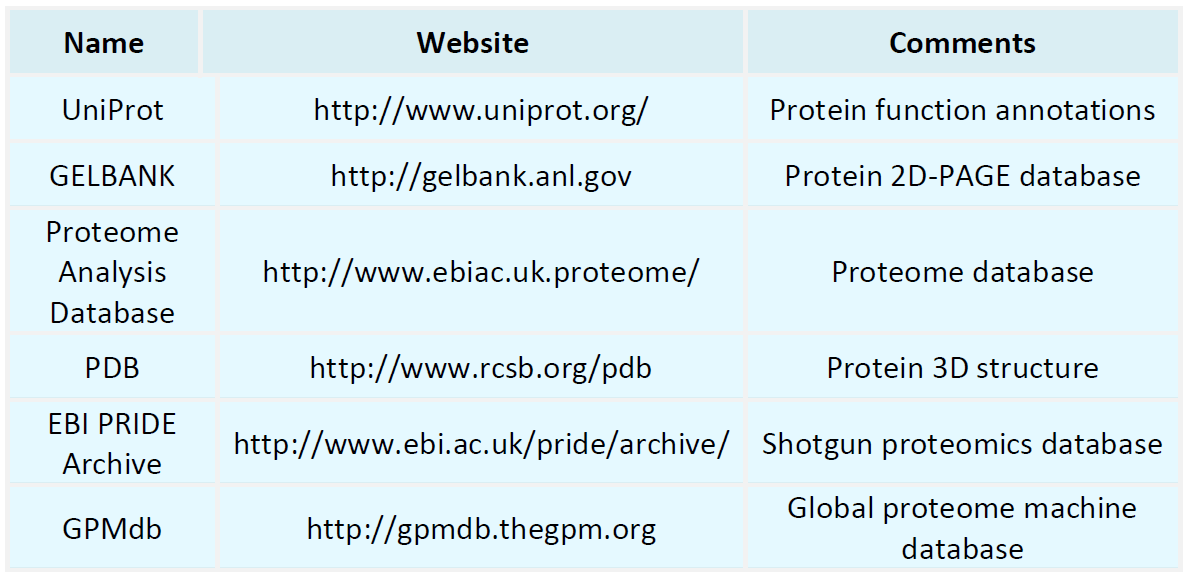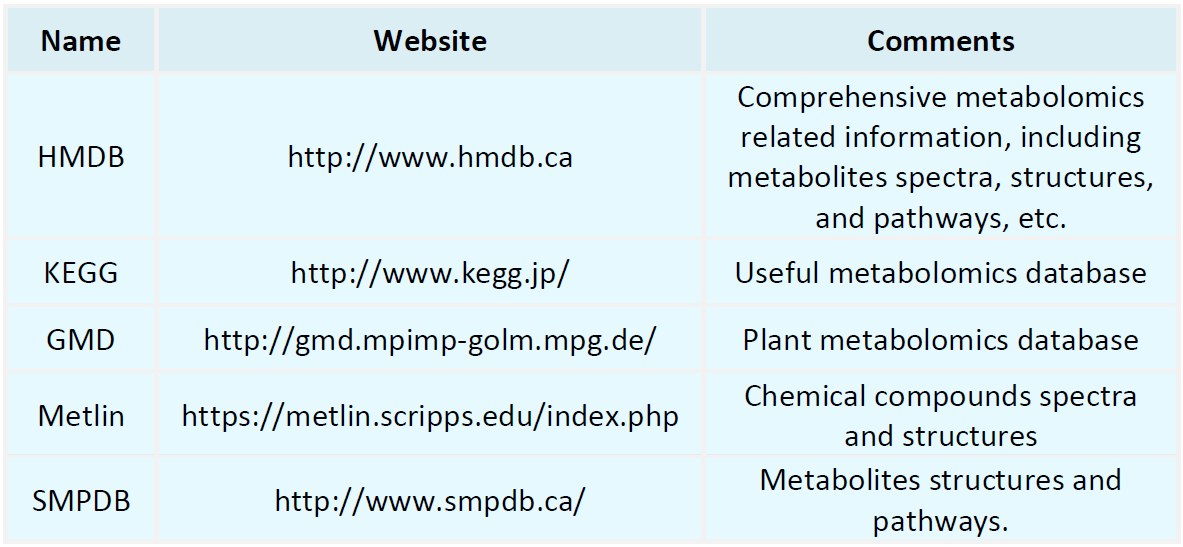Resources
Proteomics Databases

Metabolomics Databases

-
Indrop Sequencing is a high-throughput single-cell transcriptomic technology that enables the capture and profiling of gene expression at the individual cell level. Its core mechanism involves the use of microfluidic chips to encapsulate single cells along with barcoded hydrogel beads into individual oil droplets, allowing for the isolation of cellular RNA, reverse transcription, and library construction. As a representative method of droplet-based single-cell sequencing, Indrop Sequencing offers distinct..
-
Liposome Cryo-EM refers to a technique for conducting in situ, high-resolution imaging of synthetically engineered liposomes using cryo-electron microscopy. This method combines the high precision of advanced electron microscopy with the biological relevance of liposome-based model systems, enabling structural and physicochemical characterization of liposomes under near-native conditions. These analyses include their ultrastructure, physical properties, and interactions with therapeutic molecules such as...
-
Anti Drug Antibody Analysis is a critical component in the development and clinical use of biopharmaceuticals. It is primarily conducted to assess whether patients undergoing biologic treatment elicit immune responses against the therapeutic agent itself. These immune responses typically involve the formation of antibodies targeting therapeutic protein drugs, such as monoclonal antibodies, fusion proteins, and enzyme replacement therapies. These antibodies are collectively referred to as Anti-Drug .........
-
• De Novo Protein Sequencing Analysis Service
De novo protein sequencing analysis service is an analytical method that determines the primary structure of proteins—namely, their amino acid sequence—directly through mass spectrometry, without the need for any pre-existing reference sequence. Unlike conventional protein identification approaches that depend on database matching, de novo protein sequencing is particularly well-suited for scenarios involving novel proteins, unknown post-translational modifications, antibody variable regions, or non-model..
-
Mass cytometry antibodies are essential reagents employed in mass cytometry for labeling cell surface or intracellular targets. These antibodies are monoclonal in nature and are conjugated to specific metal isotopes. As a fundamental component of multiparameter cellular analysis, mass cytometry antibodies exhibit high specificity, minimal background interference, and broad compatibility. In conventional fluorescence-based flow cytometry, the number of measurable parameters is constrained by spectral........
-
• Antibody Repertoire Analysis
Antibody repertoire analysis aims to identify and isolate specific antibody molecules through in-depth characterization of diverse antibody repertoires. These antibodies play a crucial role in the immune system by specifically recognizing and neutralizing foreign antigens such as viruses and bacteria. Their function is indispensable in both the prevention and treatment of diseases. Antibody repertoire analysis has found broad application in drug development, diagnostic reagent discovery, and fundamental....
-
• High Throughput Single Cell RNA Sequencing
High throughput single cell RNA sequencing is a cutting-edge technology that enables the analysis of transcriptomic complexity and diversity at the single-cell level. By accurately quantifying the types and abundance of RNA within individual cells, this technique reveals gene expression patterns under various physiological and pathological conditions. Its broad applicability spans basic biological research, disease mechanism studies, drug development, and precision medicine. In basic research, high ......
-
• Droplet-Based Single Cell RNA Sequencing
Droplet-based single cell RNA sequencing is designed to resolve comprehensive RNA expression profiles at the single-cell level. The core of this technology lies in its ability to capture intracellular transcripts with exceptionally high resolution. By encapsulating individual cells in microdroplets for isolated RNA amplification and sequencing, researchers can detect unique gene expression signatures of single cells. This technique holds significant value in biomedical research. In cancer research, ......
-
• Cryo Single Particle Analysis
Cryo single particle analysis is a technique that utilizes cryo-electron microscopy (Cryo-EM) to determine the three-dimensional structures of biological macromolecules such as proteins in a near-native state. Unlike crystallography, it does not require crystal formation or molecular fixation, and it is capable of capturing diverse conformational states of individual particles at near-atomic resolution for 3D reconstruction. This method has become a pivotal tool in structural biology and molecular med......
-
Single cell discoveries refer to the use of high-throughput omics technologies at the single-cell level to uncover heterogeneity and dynamic changes among individual cells in gene expression, epigenetic modifications, transcriptional activity, and more. This enables precise interpretation of tissue complexity, biological functional states, and disease mechanisms. The field has advanced rapidly in recent years, with representative technologies including single-cell RNA sequencing (scRNA-seq), single-ce......
How to order?







